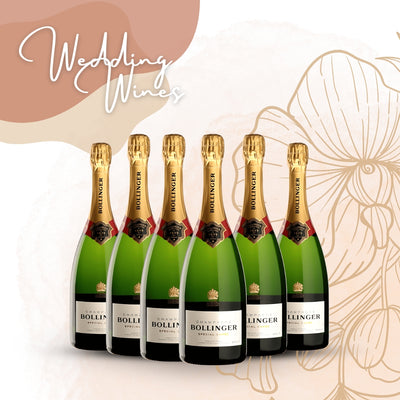Choosing an Aged Bottle of Wine - 1. Foreword & Intro
The articles with the above topics are not to discuss what wines to choose to age, it’s about how to choose the already aged bottle. You might first need to get to know what wines (including producers/vintages) can be aged, but not bounded by price tags. If stored properly, even a HK$500 Barbaresco made by a cooperative from the 80s can taste very nice!
There are a lot of wine fraud or counterfeit cases around the world, especially when the wines are considered a mean of investment with rare and fine wine auctions on-going around the world. In the last decade, one of the most famous wine frauds was definitely the Rudy Kurniawan case. To me, he was absolutely a genius, with all his tasting notes and equation, making counterfeits of extremely expensive wines with inexpensive Napa wines. Not that I encourage the act of wine fraud or counterfeit, one of the reasons of his failure is that he did not do his research enough. We might not need that much of research or expertise, but as a wine lover, some brief concepts about the matured bottles should be prerequisite.
Unfortunately, even if you the aged bottle in your hands, it is impossible to tell if the content of the bottle is in good condition until you uncorked it. I just hope these articles can help you with the risk management, whether the bottle worth purchasing because, sadly, not many of us are billionaires.
Some vocabularies to learn before jumping into the wine/bottle conditions of aged bottles:
- Provenance – Basically the wine’s history. Always buy from trustworthy merchants. They usually provide the provenance upon requests and have the bottled traced. If you do not care about the price too much, you can always go for “ex-chateau” / “ex-domaine” offers from merchants, guaranteeing that the wines are direct from the chateaux/domaines rather than resell for times or travelling around the world before the wines get into your hand.
- Seepage – Percolation or leakage of wine. It can be shown on capsules, corks, labels and bottles. Depending on the wine age, I guess a little would not harm though I always try to avoid. It usually means the wines have undergone some kinds of improper storage, or heat influence.
There are a few categories of checking the conditions of wines.
- Ullage level / Fill level
- Foil / Capsule
- Cork
- Label
- Colour
In the next few articles, each of the above categories shall be discussed. Stay tuned!





